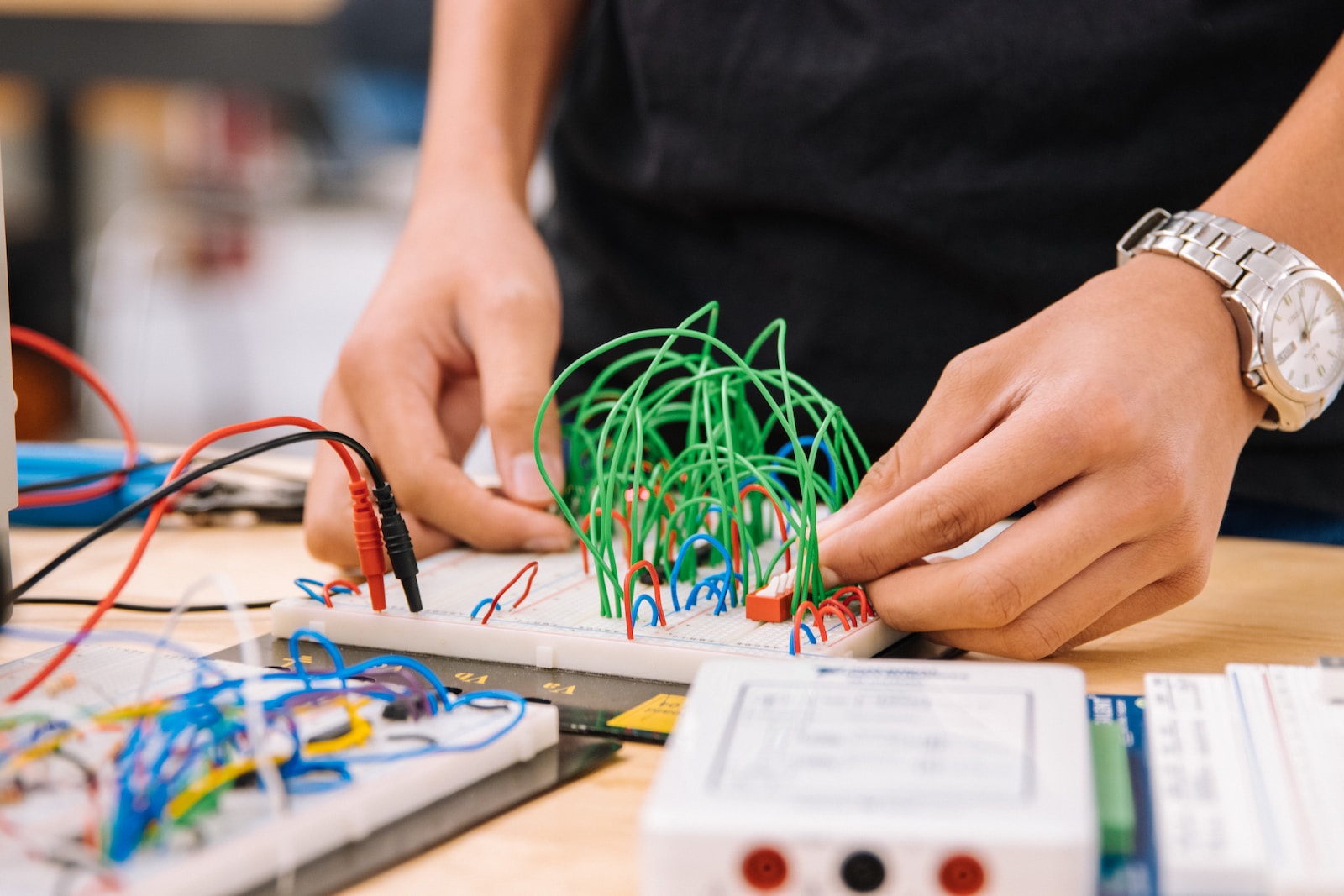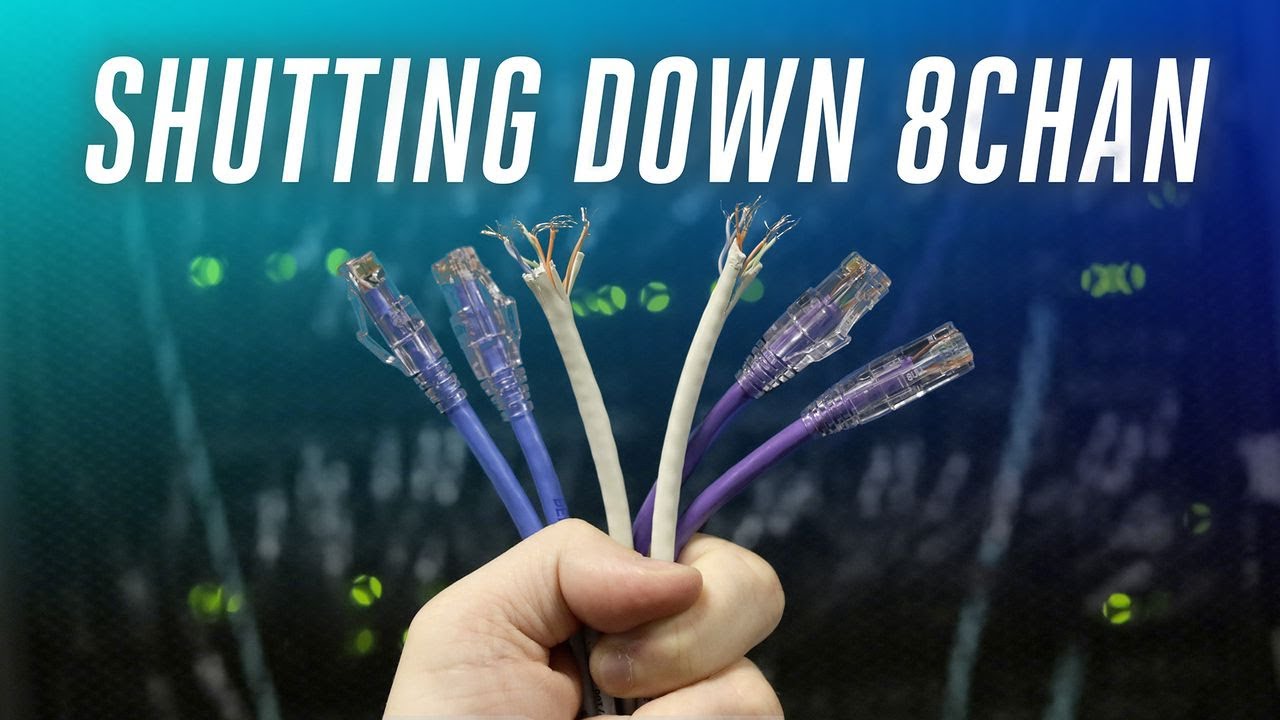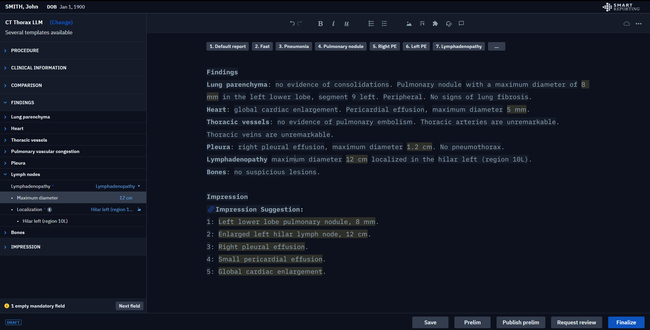In an age where technology reigns supreme, education systems worldwide are undergoing a paradigm shift. The traditional focus on reading, writing, and arithmetic is evolving to incorporate the pillars of Science, Technology, Engineering, and Mathematics, collectively known as STEM. This shift acknowledges the critical role these areas will play in shaping future generations to meet the challenges of a rapidly advancing world. Robotics and coding are at the forefront of this educational revolution, offering interactive and engaging ways to imbue students with the skills necessary to thrive in the 21st century.
The Current State of STEM Education
STEM education has emerged as a critical element in modern educational reforms, with a mission to cultivate the cognitive skills necessary for success in an increasingly technology-driven world. However, challenges abound within this rapidly expanding domain. Educational offerings in STEM subjects vary significantly across different regions, often influenced by disparities in resource allocation and educational policies. Many schools grapple with shortages of both adequately trained teachers and essential educational materials, resulting in inconsistencies in the development of students’ cognitive skills. Additionally, persisting societal issues, specifically concerning diversity and representation, continue to hinder equitable access to STEM education for women and minorities. Despite these obstacles, STEM education remains a promising vehicle for empowering the next generation with the technical acumen and critical cognitive capabilities required for the future.
Educational Challenges in STEM
STEM fields are demanding, requiring students to grasp complex concepts and solve challenging problems. One significant hurdle is the disconnection students often feel between theoretical knowledge and its practical application. Moreover, the traditional lecture-based approach to education may not be the most effective way to engage students in these subjects.
Diversity and Inclusion in STEM
Despite the importance of diversity and inclusion, STEM fields have historically been dominated by certain demographics, leaving women and minorities underrepresented. This imbalance stems from various factors, including societal norms, a lack of role models, and resources for underserved communities.
Resource Availability for Students and Educators
Educators themselves frequently face a scarcity of adequate teaching materials and aids, particularly in regions with limited funding. This lack of resources can lead to a diminished educational experience, not fully preparing students for future careers in STEM fields.
Robotics in STEM Education
Introducing robotics into the classroom can breathe life into abstract concepts and theories, allowing students to witness the physical manifestation of their learning through tangible, interactive robots.
Introduction to Educational Robotics
Educational robotics involves using robots as a tool to facilitate learning. These can range from simple programmable devices to complex machines capable of performing a variety of tasks. The incorporation of robotics into education helps instill vital skills such as critical thinking, problem-solving, and collaboration.
Robotics Programs and Curricula
Across the globe, initiatives like the FIRST Robotics Competition and the VEX Robotics World Championship have proven to be successful in engaging students. Such programs provide hands-on experiences that make learning enjoyable and captivating, often leading students to pursue further education in STEM fields.
Real-world Applications of Robotics in STEM
Students who engage with robotics are better equipped to understand their potential applications, from manufacturing to healthcare. They learn not only the intricacies of programming and mechanics but also the societal and ethical implications of emerging technologies.
Future Trends in Robotics Education
Robotics education continues to evolve, integrating artificial intelligence, machine learning, and other cutting-edge technologies. The goal is to remain at the forefront of scientific and technological innovation, preparing students for careers that may not even exist yet.
Coding Programs in STEM Education
Coding, or computer programming, is another cornerstone of modern STEM education. It is the language through which we communicate with technology, and as such, it has become an essential skill for students.
The Significance of Coding in the Digital Age
We live in a digitally driven world where nearly every aspect of our daily lives is impacted by software. Coding not only opens doors to numerous career opportunities but also fosters logical thinking and problem-solving abilities.
Elementary to University Coding Curricula
Introducing coding at an early age can demystify the technology and make it accessible to children. As students progress through their education, coding curricula can become more complex, diving into algorithms, data structures, and software design.
Online Platforms and Resources for Coding Education
The internet has democratized access to education, and coding is no exception. Platforms like Codecademy and Khan Academy offer free courses, while others like Code.org aim to promote computer science education among the youth.
Gamification’s Effect on Learning to Code
Gamification, or the use of game elements in non-game contexts, has shown promise in coding education. By turning learning into a game, students may find the material more engaging and rewarding, leading to higher retention rates.
Integration Strategies for Robotics and Coding in STEM
As we strive to enhance STEM education with the exciting realms of robotics and coding, it’s essential to employ strategic integration that maximizes the effectiveness and accessibility of these programs. Acknowledging the reality that people may turn to plagiarism checkers reviewed by AcademicHelp and other resources for educational content, it’s crucial to present original, authentic, and high-quality learning materials and strategies. One valuable point of reference in this context is the insight provided by experts like Johannes Helmold from Academic Help, who offer guidance on maintaining academic integrity and the provision of quality education resources.
Adopting a Multidisciplinary Approach
The integration of robotics and coding should not happen in isolation but rather be interwoven with various STEM subjects, enriching the learning experience across disciplines. For instance, a physics class can apply coding to simulate real-world phenomena, while a robotics project may involve mathematical principles to calculate movements and mechanics. This method allows students to see the connectivity between disciplines and apply their knowledge in a cohesive manner.
Empowering Educators with Professional Development
Educators are pivotal to the successful adoption of robotics and coding in classrooms. They need to be equipped with the right skills, which necessitates ongoing professional development opportunities. These can include workshops, seminars, and online courses, ensuring that teachers stay current with technological trends and pedagogical strategies. By investing in educator empowerment, we lay the groundwork for a more robust STEM education system.
Investing in Infrastructure and Ensuring Resource Availability
A practical integration strategy must also consider the physical resources: adequate computer labs, up-to-date robotics kits, and reliable internet connectivity are fundamental. Crafting a long-term investment plan is essential to cater to these needs, taking into account the costs of equipment, upkeep, and the evolution of technology. In communities where such infrastructure investments are challenging, creative solutions, such as mobile labs or shared resources, can be explored.
Combating the Digital Divide for Inclusive Access
A crucial hurdle in integrating robotics and coding is bridging the digital divide. We must endeavor to provide equitable access to all students, irrespective of their socioeconomic status. This could involve partnerships with tech companies, grants, and community-based initiatives that strive to furnish underprivileged schools with the needed resources.
Staying Agile in the Face of Technological Progress
Given the rapid pace at which technology evolves, STEM curricula must be flexible and adaptive. Schools and educators should be prepared to continuously update their approaches to teaching robotics and coding, ensuring they align with industry standards and emerging tools.
Maintaining a Balance Between Digital and Kinesthetic Learning
While the digital aspect of robotics and coding is paramount, maintaining a balance with physical, hands-on learning is essential. Engaging activities that involve building, testing, and refining robots caters to different learning styles and emphasizes the tangible impact of students’ digital skills.
Utilizing Project-Based Learning and Real-world Problems
Integrating robotics and coding within the framework of project-based learning can significantly enhance student engagement and learning outcomes. When students tackle real-world problems, they are more inclined to delve deeper into STEM subjects, fostering a greater understanding and retention of the material.
Enhancing Collaborative Learning
Encouraging teamwork in robotics and coding initiatives not only builds social and communication skills but also mirrors the collaborative nature of the tech industry. This strategy prepares students for the kind of environments they will likely encounter in their future careers.
Monitoring and Collecting Data on Program Efficacy
To ensure the integrated robotics and coding programs are delivering on their objectives, systematic data collection and analysis are required. Schools must monitor student progress, engagement levels, and overall program effectiveness, making adjustments as necessary to optimize learning outcomes.
Cross-disciplinary Approach
Incorporating robotics and coding into science and math education can create a more holistic learning environment. For example, a science project could involve coding a simulation, or a math concept could be reinforced through a robot’s motion.
Professional Development for Educators
Preparing educators is crucial for the successful implementation of integrated programs. They need comprehensive training, ongoing support, and access to a community that encourages the sharing of ideas and resources.
Building Infrastructure and Resources
Investment in infrastructure, such as computer labs and robotics kits, is non-negotiable for an effective program. Long-term planning should also consider ongoing costs, including maintenance and updates to keep up with technological advances.
Overcoming Challenges
Adopting robotics and coding in STEM education is not without its challenges. These range from financial constraints to the need for continuous adaptation to technological advancements.
The Digital Divide and Equal Access
Students from socioeconomically disadvantaged backgrounds often lack access to the same educational opportunities as their peers, widening the digital divide. Efforts must be made to provide equitable access to technology and high-quality instruction.
Adapting to Technological Changes
The rapid pace of technological advancement requires educators and curricula to be agile and adaptable, ensuring that students learn the most current and relevant skills.
Balancing Screen Time and Hands-on Activities
With the increase in screen-based learning, it’s essential to maintain a healthy balance between digital and hands-on activities. Robotics provides an excellent opportunity to engage students in physical construction and manipulation, which can complement coding tasks performed on computers.
Case Studies and Examples of Success
Around the world, numerous case studies demonstrate the effectiveness of robotics and coding in STEM education. These stories serve as a testament to the transformative power of these programs, showing measurable improvements in student engagement, understanding, and achievement.
By closely examining these successes, we can identify best practices and strategies that could be replicated or adapted to different educational settings.
Conclusion
The integration of robotics and coding into STEM education represents a significant leap forward in preparing students for a future dominated by technology. It empowers them to not only be consumers of technology but also the creators and innovators who will steer its progress.
The journey to enhance STEM education with robotics and coding is an ongoing process requiring persistence, dedication, and collaboration among educators, policymakers, and the community at large. Through continuous evaluation and adaptation, we can ensure that these programs not only ignite the imaginations of our students but also equip them with the tools they need to build a brighter, more technologically adept future.







